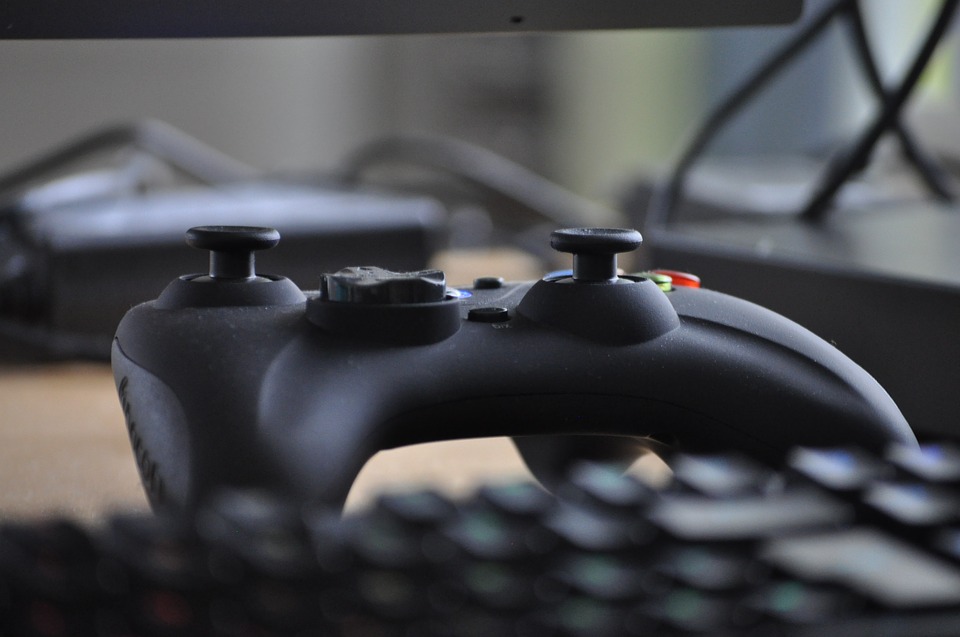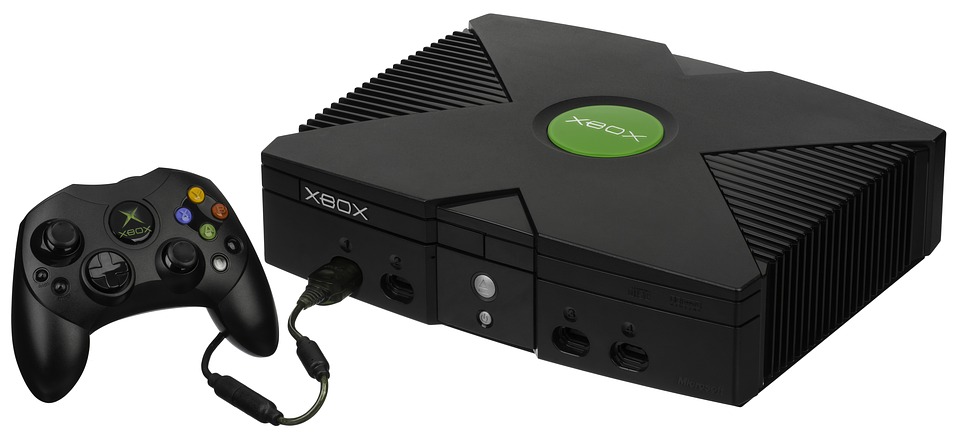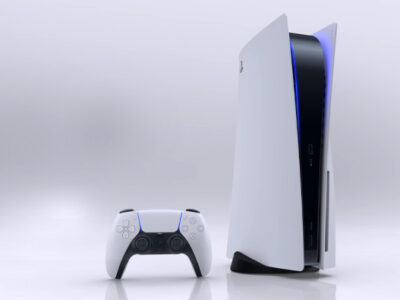
Gamers worldwide have been patiently awaiting any news about the next generation of video game consoles. Sony and Microsoft are currently working on new consoles and while information is still currently scarce here is what we do know about their developments and plans for their consoles.
Sony’s First Game Console
The PlayStation was released in 1994 and known as Sony’s first game console. It was highly successfully becoming the first console to ship 100 million. Its successor the PlayStation 2 was released in 2000 with over 155 million sold and remains the best-selling home console to date. The PlayStation 3 released in 2006 and has sold over 80 million consoles worldwide. The current generation PlayStation 4 was released in 2013 and became the fastest selling console in history, selling 1 million consoles just within its first 24 hours on sale. Over 90 million PlayStations have been sold since then. Sony’s next generation console the PlayStation 5 (if the naming trend continues) is still a few years away but gamers have high expectations.
- Sony’s first game console was highly successfully becoming the first console to ship 100 million – Pixabay
The battle of the consoles between Sony and Microsoft continues – PixabaySony Lead Architect Mark Cerny revealed the first details and specs of the PlayStation 5 (PS5) recently in an interview with Wired magazine. Cerny previously worked as the Lead System Architect for the PlayStation 4. Sony has been working on the PS5 for four years now and according to Cerny the key question;
“is whether the console adds another layer to the sorts of experiences you already have access to, or if it allows for fundamentally changes in what a game can be.”
The next generation console will feature;
- Bespoke 8-core AMD chipset
- Redeon Nai GPU
- The CPU is based on third generation Ryzen architecture
- SSD storage system
- 3D audio
- Backwards compatibility with PS4 games and PSVR hardware
- 8K TV support
The GPU will support ray tracing which no game console has been capable of before. Ray tracing is a technique used by Hollywood visual effects; it models the travel of light to simulate complex interactions in 3D environments. Basically, it mimics the way light bounces from object to object. Reflective surfaces such as glass or water can be rendered much more accurately.
The built for purpose solid state drives (SSD) will vastly improve screen loading time and world rendering. Cerny demonstrated the impressive SSD capabilities during the interview with Wired by firing up a PS5 Pro with Spider-Man. Using fast travel, it took 15 seconds of screen loading time for Spiderman to appear in a different part of Manhattan. Cerny did the same thing on the next-gen device which was concealed in a large silver tower. The loading time which had previously taken 15 seconds, now took less than 0.8 seconds to load.
The SSD will also improve the speed which worlds can be rendered, allowing characters to move faster as the world generates in front and around them. Cerny again demonstrated this, by comparing the consoles. On the PS4 the camera moved with same speed as Spiderman as he web-sling his way across the city. Cerny explained that the speed was limited no matter how powered up Spiderman was because the limitations on getting the data off the hard drive. On the next generation console, the camera and Spiderman speed up rapidly. Cerny claims that the raw bandwidth in the next generation console will be higher than any current SSD available for PCs.
Sound is also expected to advance in the PS5. The AMD chip is custom unit for 3D audio which Cerny believes will redefine sound, reaching a new “gold standard”, especially when used with headphones. Gamers will be immersed in sound as it comes at them from in front, behind, and from the side.
No current release date for the new console has yet been given and Sony has officially confirmed they won’t be at E3 2019. Some analysts are that from previous are predicting the PS5 will launched in Autumn in 2020.
Microsoft Released Xbox
Microsoft’s first gaming console the Xbox was released in 2001. It was the first game console offered by an American company since Jaguar. The Xbox was highly successful on launch selling out on units in North America. 24 million units have been sold since the original launch. The Xbox 360 was released in 2005 and has since sold 84 million units. It’s successor the Xbox One was released in 2013 and sold 1 million units within its first 24 hours of availability. Over 3 million consoles have been since sold worldwide.
- The Xbox was highly successful on launch selling out on 24 million units in North America since the original launch – Pixabay
At E3 2018 Microsoft head Phil Spencer confirmed that the next generation of Xbox known as Xbox Scarlett is in development. The new Xbox console might be available in two different variations. A high-powered console code named Anaconda and a cheaper device which allows streaming currently known as Lockhart. Lockhart won’t have a disc tray essentially functioning as a cloud streaming box for digital games, apps, and other media. According to spencer
“The same team that delivered unprecedented performance with Xbox One is deep into architecting the next Xbox consoles, where we will once again deliver on our commitment to set the benchmark for console gaming.”
Details on the console are still lacking, however, according to leaks in January 2019 via French website Jeuxvideo, the Xbox Lockhart model will cost $249 and use an 8-core CPU, 12 GB of RAM. The higher end Anaconda model will have a stronger 12 teraflop GPU and 16GB of RAM.
The next generation consoles are also predicted to feature;
- Arturus 12 GPU
- SSD storage
- 8K TV support
- DirectX Ray Tracing support
- Backwards compatibility with Xbox games
Microsoft unveiled its Project xCloud service in late 2018 and it’s expected the new consoles will likely have a big focus on streaming. The Xbox Scarlett will also bridge the gap between console and PC players. During E3 2018 Spencer made comments to Giant Bomb explained the goal;
“There are billions of people that play video games. Our business, traditionally has been focused on just the 200 million people that play console games, and I love those customers- that’s what I am, that’s where I play most of my games- but we are going to try to bring services and games to gamers on any device. Like, any game you want to play, anywhere you want to play, any friend you want to play with- we’re going to try to take that point of view.”
Keyboard and mouse support are also expected for the new consoles. According to journalist Ainsley Bowden who cites multiple insiders, the Anaconda will be “more advanced” than the upcoming Sony system. Bowden also told followers that the Xbox will have better specs compared to the PS5.
While a release date has yet to be officially confirmed, Microsoft is rumoured to be planning to release in 2020. Microsoft is expected to showcase further details of the next generation consoles at E3 2019 on June 9.
Sony and Microsoft will be battling for dominance in the latest round of the console wars. The hardware and software specs of each console will be very important to persuade gamers in their console choice. Until more official details are released later in the year, gamers will just have to remain listening to the rumour mill for next generations consoles details.












